Get a Leger Certificate of Authenticity for your painting or a COA for your Leger drawing or sculpture.
For all your Leger artworks you need a Certificate of Authenticity in order to sell, to insure or to donate for a tax deduction.
How to get a Leger Certificate of Authenticity is easy. Just send us photos and dimensions and tell us what you know about the origin or history of your Leger painting, drawing or sculpture.
If you want to sell your Leger painting, drawing or sculpture use our selling services. We offer Leger selling help, selling advice, private treaty sales and full brokerage.
We have been authenticating Leger and issuing certificates of authenticity since 2002. We are recognized Leger experts and Leger certified appraisers. We issue COAs and appraisals for all Leger artworks.
Our Leger paintings, drawings and sculptures authentications are accepted and respected worldwide.
Each COA is backed by in-depth research and analysis authentication reports.
The Leger certificates of authenticity we issue are based on solid, reliable and fully referenced art investigations, authentication research, analytical work and forensic studies.
We are available to examine your Leger painting, drawing or sculpture anywhere in the world.
You will generally receive your certificates of authenticity and authentication report within two weeks. Some complicated cases with difficult to research Leger paintings, drawings or sculpture take longer.
Our clients include Leger collectors, investors, tax authorities, insurance adjusters, appraisers, valuers, auctioneers, Federal agencies and many law firms.
Fernand Leger (1881-1955)
We perform Fernand Leger art authentication, appraisal, certificates of authenticity (COA), analysis, research, scientific tests, full art authentications. We will help you sell your Fernand Leger or we will sell it for you.
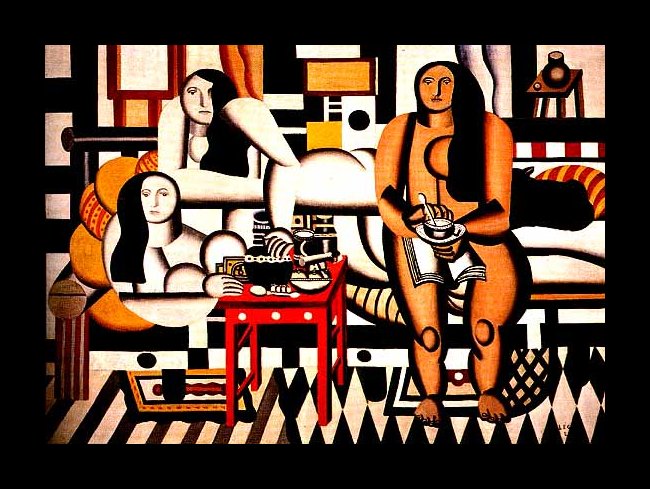
Fernand Leger was a French Cubist painter born in Normandy. Though lesser known than his fellow Cubist artists, Leger has been hailed as one of the greatest French painters of his time. Influential not only in Cubism, he also made a mark in constructivism and poster art.
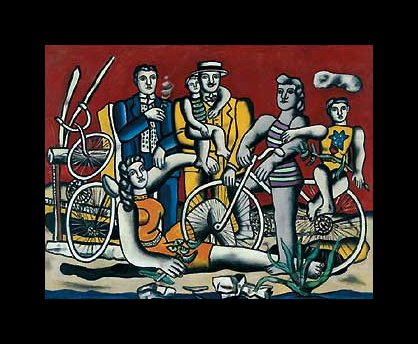
Leger did not start out studying art, but was originally apprenticed to an architect in Caen. This led him to work with another architect in Paris, and later in 1903 at a photography studio retouching photos. He was rejected from the Ecole des Beaux-Arts that same year. Leger, however, did not let this rejection stop him from unofficially attending classes there anyway. Instead, he enrolled at the Academie Julien and the Ecole des Arts Decoratifs.

In 1909, Leger discovered Cubism and became a member of the Puteaux Group in 1911. While fellow Cubists Braque and Picasso were painting in a rectangular form within this movement, Leger’s style was more tubular and cylindrical. Leger was also known to be among the first of the Cubists to experiment with figurative Cubist compositions. Leger began to veer towards Abstract art from 1911 to 1914, but retained his Cubist style nonetheless. During this time, he mainly painted in black and white motifs.


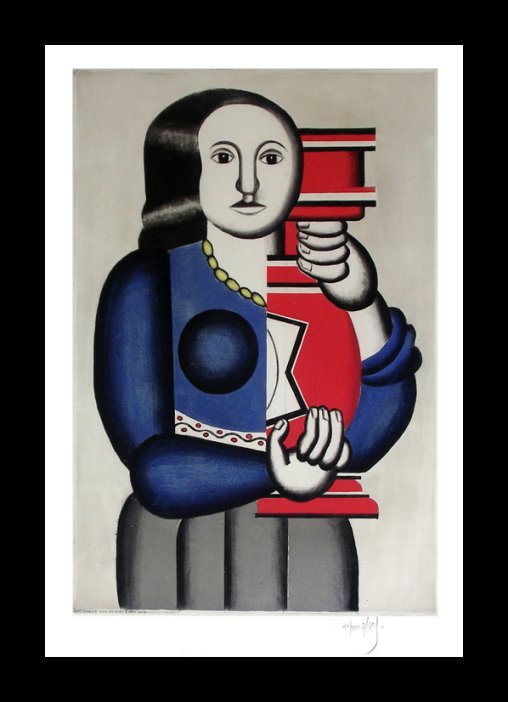

Leger’s career as an artist was put on hold during World War I when he was called to serve in the war. From 1914 to 1917, he fought for France, and when he returned, his themes were affected as a result. Many of his compositions took on a mechanical quality and machine-like images became frequent themes.
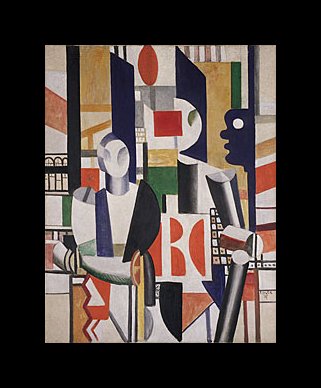

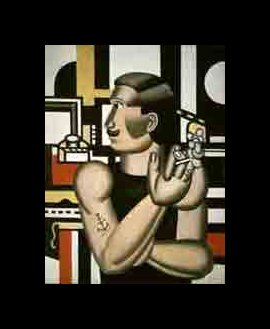
In the 1920s and 30s, Leger was commissioned to create murals for public buildings and began to paint single objects on a giant scale. He also worked in film and created art for the Swedish ballet during this time. By the onset of World War II, Leger had moved to the United States where he worked as an art instructor. He taught at both Yale University and Mills College in California, but returned to France in 1945.
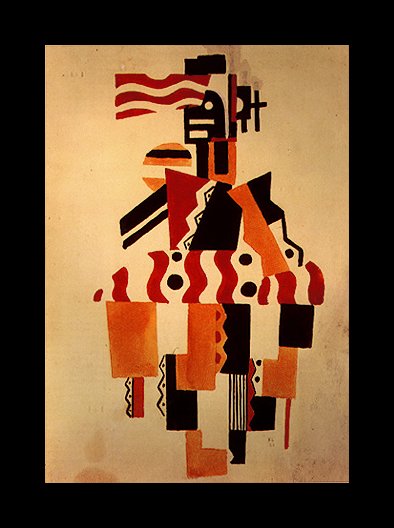
From 1949 until his death in 1955, Leger worked out of his studio and workshop that he opened with his former student Robert Brice. During this time, he created mosaics, book illustrations, stained glass window decorations, and even ceramic sculptures.

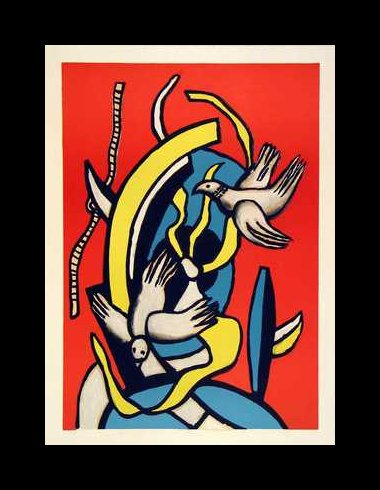
Today, Leger’s work is housed in modern art museums around the world, especially in the museum which bears his name in France. During his lifetime, he exhibited and traveled fairly extensively, showing his work at the Museum of Modern Art in New York in 1935, and frequently at the Paris salons. Still wondering about a unique cubist painting hanging in your home? Contact us…it could be by Fernand Leger.
Reviews
1,217 global ratings
5 Star
4 Star
3 Star
2 Star
1 Star
Your evaluation is very important to us. Thank you.
